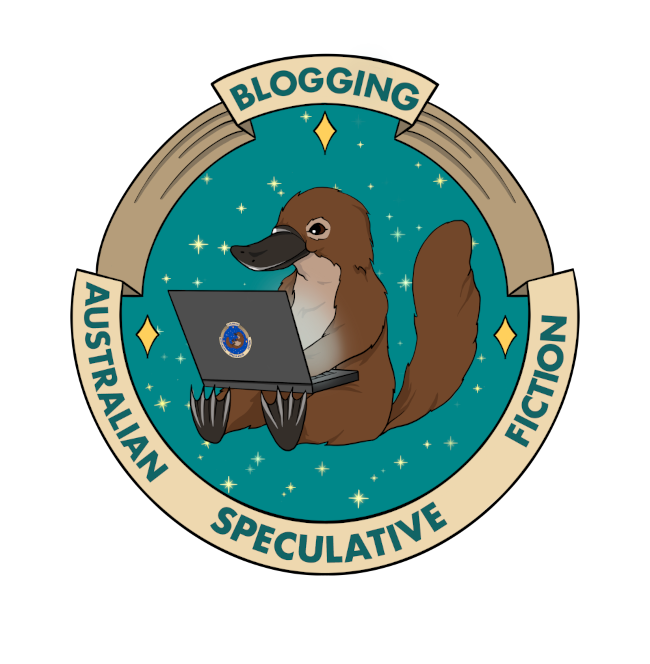by Jannik Weber
I think it’s fair to say that James Bradley’s Ghost Species took some pages out of Jurassic Park. Our protagonists are flown into the story by helicopter. They are brought in by a certain “foundation” looking to revive extinct species with the help of groundbreaking technology. Incidentally, most of the story takes place on an island as well. While the similarities mostly end there, the island location, Tasmania, in Ghost Species, adds a great deal to the atmosphere of the novel. But why is that?
The island starts out as a tranquil haven for the foundation to further its research. Here Davis, the foundation’s founder and main sponsor, has already begun populating their plot of land with bioengineered plants and un-extincted Tasmanian wolves. When our protagonist researchers, Kate and Jay, are first shown around the area, they take in the immensity of the environment around them and the plants that have already been altered and are thriving there. It becomes clear that Davis is aiming to create coherent ecosystems. But the ecosystem we are shown in Tasmania is only a testing ground. The life there which has been tampered with is wholly contained on an island. It cannot spill out into the world, and, more subtly than in Jurassic Park, the novel implies that perhaps it shouldn’t.
In the same initial walk around the foundation’s grounds, the reader is overcome with a sense of gloom when Kate finds herself located at the “end of the world” and “only empty ocean separating it from the distant ice of Antarctica”. The novel very often points toward Tasmania’s isolation, especially connecting it with notions of temperature. From a Eurasian point of view, which Ghost Species decidedly takes on, with a focus on human presence and history in the Old World, Tasmania exists on the periphery. As throughout the story the world is heating up, our characters mostly experience climate change from a distance, through news from the mainland. There, they first hear of mass extinctions and the destruction of fragile ecosystems and in later stages, civil unrest and evermore natural disasters as climate change seems to have reached a point of no return. In Tasmania, Kate is able to live and raise Eve relatively unbothered by the effects of climate change until her early death. But catastrophe is slowly but surely creeping towards them from the center. The story constantly reminds us of this inevitable fact and our assumed geographic position with events like “fires to the north and west”. Combined with the dominant presence of cliffs and sea to the south, and the numerous references to being at the edge of the world, the reader might, like Kate and Eve, feel backed into a corner.
Perhaps in an attempt to escape this state of being trapped between the heat approaching from the north and the unmovable ice walls of Antarctica to the south, Eve eventually sets out to travel away from the edge towards the center in her search for other Neanderthals. In this journey, she inadvertently retraces the movement of humans when they first spread around the globe. In this sense, the novel lays a large focus on human migration. The motivation behind Davis’s plan to resurrect Neanderthals is to right the wrongs Homo Sapiens have committed, by crusading from their east African origins to every corner of the world, exterminating Neanderthals on their way. It is at this edge of the world, the point of humanity’s furthest extent, where Eve is conceived. This ultimate act of Homo Sapiens’ hubris falls apart together with all other institutions of civil society. Through the ruins of Eve’s cousin species’ cities, she returns to the center of things, Neanderthal’s original home somewhere in Europe, and sets the metaphorical clock back to zero.
The reader is left to wonder whether it is humanity’s fate to fail. That spreading across the world to every edge was too great of an undertaking and bound to crumble like the Roman Empire. Are humans like an infection sending the earth into a deadly fever? Did they condemn it to a fate of overheating the moment they dared to venture farther than their place of origin? Kate offers us a line from a poem describing a group of islands not far south of Tasmania when lost in thought during a walk with Eve. According to it, these islands form “full stops to sentences about the end of the world”.

